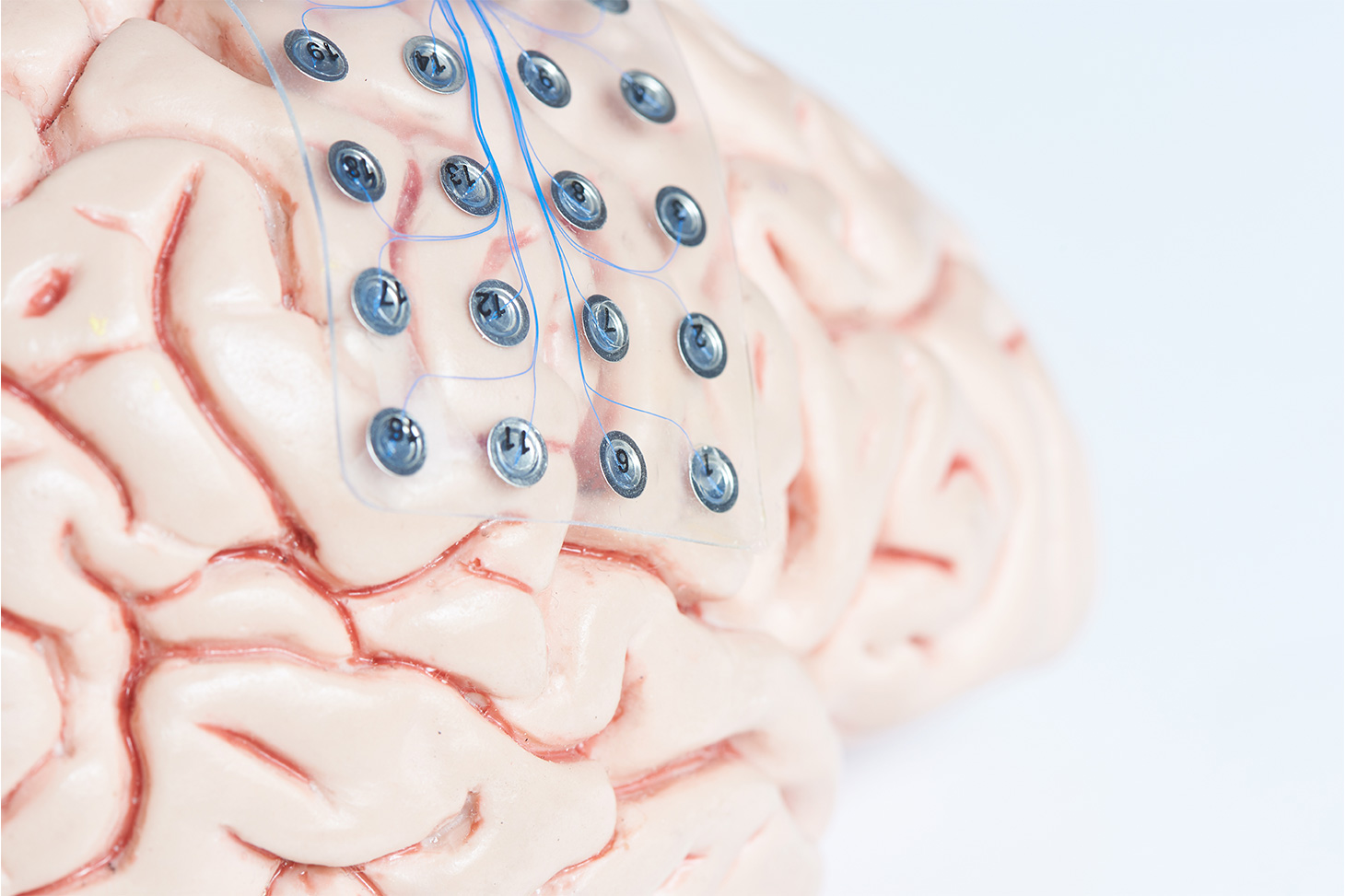Using silicon carbide for neural stimulation
Innovation, Research, Utilisation/promotion
On May 24, 2022

Using a material originally designed for power applications to conduct neural stimulation - this is the challenge of a project supported by the ANR (French National Research Agency) which brings together several laboratories and industrialists in Grenoble.
best opportunities are not always where you expect to find them! A team at IMEP-LAHC(1), who have been studying the potential of silicon carbide (SiC) nanowires for ten years to produce bio-sensors to improve the quality and speed of medical diagnoses, has just paved the way for new uses in the field of neuroscience. “ catalyst for this was a meeting with Stephen Saddow, a researcher at the University of South Florida, who came to spend a few months as a guest lecturer at Grenoble INP - UGA, at IMEP-LAHC, and at LMGP(2) in 2016,” explains Edwige Bano, teacher at Grenoble INP – Phelma, UGA, and a researcher at the laboratory. “He was working on the bio-compatibility of SiC and was the first to put forward the idea of using this material for neurostimulation”.
After all, the implants currently used to treat disorders such as Parkinson’s disease face problems of reliability and stability in the long term. They are subject to gradual rejection by the patient’s immune system and provoke an inflammatory response, with the measured currents becoming weaker and weaker over time until a new implant is required, and thus a new invasive operation. Using a bio-compatible, chemically inert, and sturdy semiconductor that is flexible in thin layers to manufacture the whole implant could provide an interesting alternative.
To verify this, several academic and industrial partners are working together on a project funded by the ANR and coordinated by Edwige Bano. This project has received €802,000 in subsidies for 4 years, and aims to develop a very flexible implant, with a coating capable of sliding into tissues without damaging them, in order to position the electrodes in hard-to-reach areas. “We have real added value to offer on several points,” explains Edwige Bano. “Firstly, nanostructuring the implant by etching SiC pillars makes it possible to dramatically increase the exchange surface of the electrode, and to increase the sensitivity of the sensor. Secondly, it is possible to functionalise this material by covering it in a hydrogel designed to avoid inflammation by facilitating insertion. Finally, our partnership with an Inserm team at the GIN(3) has allowed us to look at in vivo experimentation phases on animal models, which are essential for the development of any medical device.” (...)
After all, the implants currently used to treat disorders such as Parkinson’s disease face problems of reliability and stability in the long term. They are subject to gradual rejection by the patient’s immune system and provoke an inflammatory response, with the measured currents becoming weaker and weaker over time until a new implant is required, and thus a new invasive operation. Using a bio-compatible, chemically inert, and sturdy semiconductor that is flexible in thin layers to manufacture the whole implant could provide an interesting alternative.
To verify this, several academic and industrial partners are working together on a project funded by the ANR and coordinated by Edwige Bano. This project has received €802,000 in subsidies for 4 years, and aims to develop a very flexible implant, with a coating capable of sliding into tissues without damaging them, in order to position the electrodes in hard-to-reach areas. “We have real added value to offer on several points,” explains Edwige Bano. “Firstly, nanostructuring the implant by etching SiC pillars makes it possible to dramatically increase the exchange surface of the electrode, and to increase the sensitivity of the sensor. Secondly, it is possible to functionalise this material by covering it in a hydrogel designed to avoid inflammation by facilitating insertion. Finally, our partnership with an Inserm team at the GIN(3) has allowed us to look at in vivo experimentation phases on animal models, which are essential for the development of any medical device.” (...)
Published on May 24, 2022
Updated on May 24, 2022
Updated on May 24, 2022

